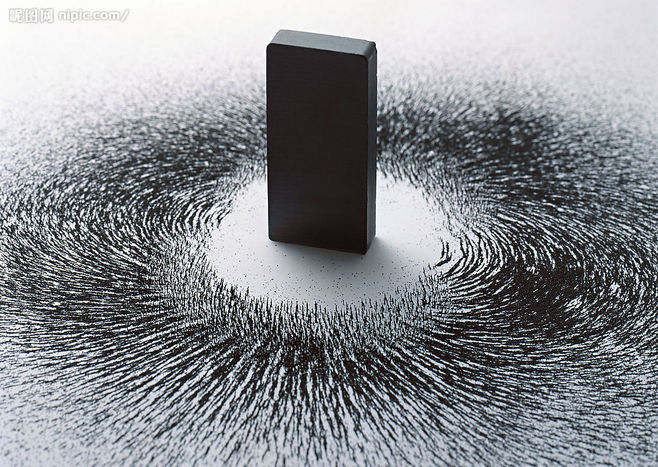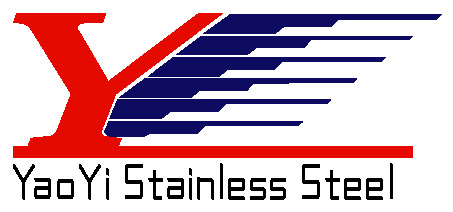
People often think that magnets adsorb stainless steel, verify its pros and cons and authenticity, do not absorb non-magnetic, think it is good, the goods are genuine; if the attractor is magnetic, it is considered a counterfeit fake. In fact, this is an extremely one-sided, unrealistic way of distinguishing mistakes.
There are many types of stainless steel, which can be divided into several categories according to the structure at room temperature:
- Austenitic type: such as 201, 202, 301, 304, 316, etc.;
- Martensite or ferrite type: such as 430, 420, 410, etc.;
The austenite stainless steel type is non-magnetic or weakly magnetic, and martensite or ferrite is magnetic.
Most of the stainless steels used for decorative tube sheets are austenitic 304 materials, which are generally non-magnetic or weakly magnetic. However, magnetic properties may occur due to fluctuations in chemical composition or processing conditions due to smelting, but this cannot be considered as Counterfeit or unqualified, what is the reason?
What stainless steel is magnetic?
It is mentioned above that austenite is non-magnetic or weakly magnetic, while martensite or ferrite is magnetic. Due to segregation or improper heat treatment during smelting, a small amount of martensite or ferrite in austenitic 304 stainless steel is caused. body. Thus, 304 stainless steel will have weak magnetic properties.
In addition, 304 stainless steel is cold-worked, and the structure is also transformed into martensite. The greater the cold work deformation, the more martensite transformation and the greater the magnetic properties of the steel. Like a batch of steel strips, it produces Φ76 tubes with no obvious magnetic induction and produces Φ9.5 tubes. Due to the large deformation of the bending, the magnetic induction is obvious. The rectangular tube produced is larger than the round tube, especially the angled part, and the deformation is more intense and the magnetic is more obvious.
In order to completely eliminate the magnetic properties of the 304 steel caused by the above reasons, the austenite can be restored by high-temperature solution treatment to eliminate the magnetic properties.
In particular, the magnetic properties of 304 stainless steel caused by the above reasons are not at the same level as the magnetic properties of other materials such as 430 and carbon steel. That is to say, the magnetic properties of 304 steel always show weak magnetic properties.
This tells us that if the stainless steel strip is weakly magnetic or not magnetic at all, it should be judged as 304 or 316 material; if it is magnetic similar to carbon steel, it should be judged as not being 304 material.
